Cruise day: 114/152Ports days: 53
Sea days: 61
Countries: 20
Continents: 5
Ports: 39
We awoke this morning as we were pulling into port in Kuşadası, Turkey. The main attraction here is the ancient city of Ephesus and our excursion will take us there. With the temps in the mid to upper 60s and cloudy to partly sunny weather, it was a perfect day.
Before we talk about that, I have to mention COVID. Two nights ago, there was a Hazmat team on our floor suggesting there was an issue. That night, one positive COVID case was reported. Yesterday, two more positives were reported for a total of three cases on the ship. And as of dinner tonight, we are at four cases. All were traced back to a common excursion in Greece and everyone is isolated. Viking is doing a very good job tracing contacts and keeping any outbreak from becoming something worse. Unfortunately, for these four, their next ten days will be inside a stateroom.
Kuşadası is a port city and tourist destination. A beautiful waterfront and plenty of resorts draw Turks and foreign travelers.
 |
| We weren't sure what these folks were doing, but they sure were dressed for something |
Kuşadası sits on the west side of Turkey on the Aegean Sea. Turkey is essentially a peninsula bordered by Georgia, Armenia, Iran, Iraq, and Syria to the west and south, Greece, Bulgaria, and the Aegean Sea to the east, the Mediterranean Sea to the south, and the Black Sea to the north. Turkey is roughly 1000 miles east/west and 300 miles north/south. 3% of Turkey rests in Europe and 97% in Asia. Istanbul, where we will be in two days, is the only city on Earth on two continents.
 |
| This caught my eye as we headed to Ephesus |
 |
| The area around Ephesus was fed by a river, but over time, the river silted over and saltwater from the Agean Sea deposited so much salt that nothing but bushes will grow |
The early time of Ephesus is unclear but its history dates back to the 11th century BC. Ephesus was ruled by multiple rulers and countries and existed in four different locations. What we can visit today is Ephesus III. This area was built somewhere around 100 BC.
Interesting tidbits about Ephesus:
- The apostle John spent the last years of his life in Ephesus and is believed to be buried in Ephesus, with a Basilica built in his honor - he was the author of the Gospel of John and the books of the Bible, John 1-3.
- The Virgin Mary spent the last nine years of her life in Ephesus
 |
| When we entered, the first thing we get a glimpse of the theater - more coming on that |
We approached the harbor road - the Arcadiane. One end of the harbor road was the theater. The other end was at the harbor when the harbor was still there. It was paved with marble and measured 11m wide and 500m long.
 |
| Today, the pavement is made up of a combination of original marble and replaced marble |
 |
| The harbor fort sits on a hill on what would have been the other side of the harbor |
Our guide showed us this symbol, the original Ichthys, inscribed on many stones.
This symbol was a sign of Christianity and was based on the following Greek letters:
Ι Χ Θ Υ Σ
How does this make sense? Those letters, iota, chi, theta, upsilon, sigma are the first letters of the Greek words for the following:
Jesus Christ God's Son Savior - Ιησούς Χριστός Θεός Υιός Σωτήρας
How does that fit into what essentially looks like a pie?
Let's remove the non-essential parts of the symbol and expose the remaining parts.
So the pie is actually a combination of those five letters symbolizing that Jesus Christ is God's Son and the Savior. That symbol has evolved over time and is now two intersecting arcs that resemble a fish.
This Hellenistic fountain house was built in the 3rd to 1st century BC during Greek rule.
Our next stop was the Great Theater. With a seating capacity of 24,000, it could hold 10% of Ephesus's population of 240,000. The theater was built in a Greco-Roman semi-circular design. The Apostle Paul preached in this theater.
 |
| Arlona heads up for a look |
 |
| Can you see her? She is standing at the top of the second level. |
 |
| There she is |
These are the views down from up there.
We continued wandering on the roads, marveling at the scale and design.
 |
| The remains of the so-called House of Pleasure where the world's oldest profession thrived in a 75-room building |
 |
| The Temple of Hadrian |
 |
| That large building is The Library - we'll be stopping there shortly, but one more stop first |
This is...the public toilet. Yes, they had a group toilet for men only. It had a roof, a ventilation system, marble seating, and mosaic floors. The wealthy would have their slaves come in in colder months, and sit for a while to warm the marble before they would put their bottoms on the seat. The floors were all finished in mosaics and in the middle, there was a fish pond for your viewing pleasure.
 |
| You can see the trough where water ran to take the waste away |
 |
| Looks comfy, huh? |
 |
| Pop a squat with 15-20 buddies, discuss the issues of the day and drop a deuce - no thanks |
 |
| There was seating around the entire place - how pleasant |
The next stop was the Celsus Library - kind of funny since we just came from the reading room.
Home to over 12,000 scrolls, the Celsus Library was an important repository. Built in the second century AD but destroyed in the third century AD by an earthquake, it was not rebuilt. It was painstakingly reconstructed in the 1970s using mostly original pieces.
 |
| The inside of the library |
Our guide did tell us that there was a tunnel connecting the library to the house of pleasure. "I'll be back in a while, honey - just going to the library..."
Next to the library, we find the Agora - the commercial market. This is where vendors and travelers would come to sell their goods. It was located close to the harbor so that incoming vendors could easily get their wares to market.
Ephesus had an extensive water delivery system with six aqueducts and enclosed piping to deliver water.
 |
| This is an example of piping blocks that were used - note the distinctive male/female design to join blocks together to create an essentially seamless flow |
 |
| The water flowed through terra cotta pipes that used gravity to move the water |
 |
| This shows a selection of sarcophaguses that were used to hold the bodies of the deceased |
 |
| We encountered a few beatles as we walked around |
 |
| This fuzzy guy was a sure indicator that spring is in the air |
 |
| I had no idea that Turkey seems to be the global epicenter for knock-off watches - multiple vendors proudly displayed that they were selling "genuine" fake watches |
After our tour, we cruised back to the port and took in the sights as we approached the dock.
Each bus (there were six of them) stopped at different rug shops for a demonstration of the Turkish art of rug weaving.
 |
| They use a Turkish double-knot technique unique to Turkey - it makes for a denser and more knot-heavy rug - pieces take a weaver between a month to two or more years to complete |
 |
| For silk rugs, silkworm cocoons are steamed to kill the worm and then warmed in water |
 |
| They use a whisk to pick up the ends of the silk and then capture the long silk strands |
 |
| Silk from the cocoons wrapped around her hand |
 |
| They then wrapped the silk around a structure, pulling continuous strands from the cocoons |
The process was fascinating and incredibly manual. This is why Turkish rugs are extremely expensive. Imagine someone working on a single piece for two years - wow.
After the demo, we walked around the shops and found the vendors to be - there's no other way to put it - pushy. It was a little off-putting and we were happy to finish our walk and head back to the ship.
We returned to the ship and relaxed for the afternoon. For dinner, they featured Turkish pide - a pizza-like dish with a variety of toppings. We both enjoyed that.
When we came back to the room, we were surprised by this.
Tomorrow is Easter Sunday and Viking provided a nice touch of chocolate eggs and rabbits. Again, it's the little things.
The view outside, under the full moon, was beautiful tonight.
Tomorrow is a sea day as we make our way to Istanbul.







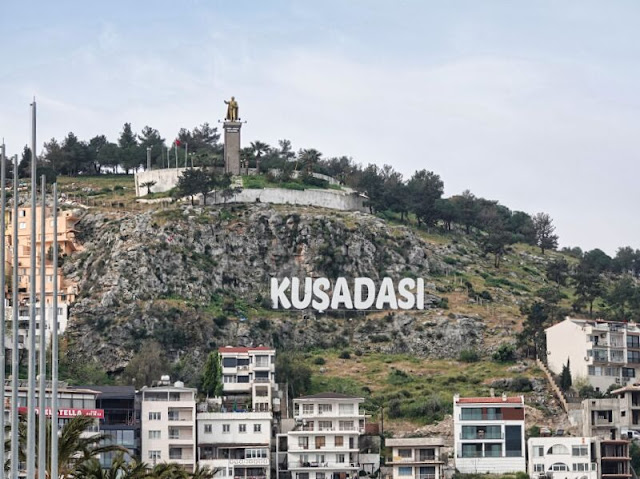












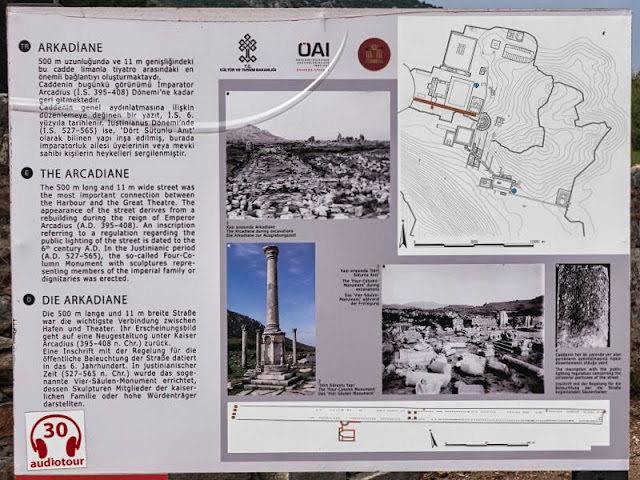
















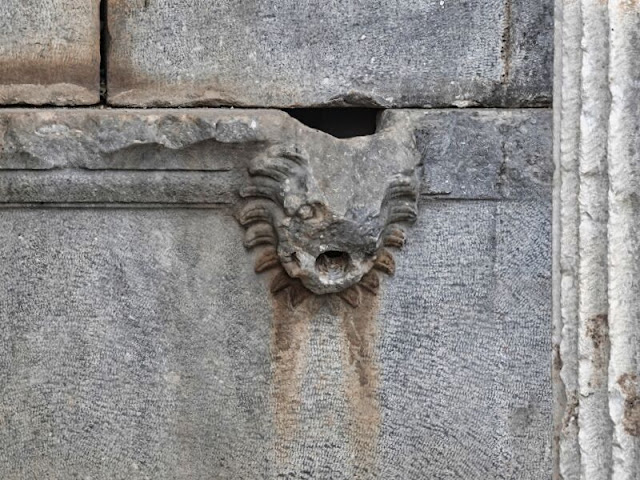






























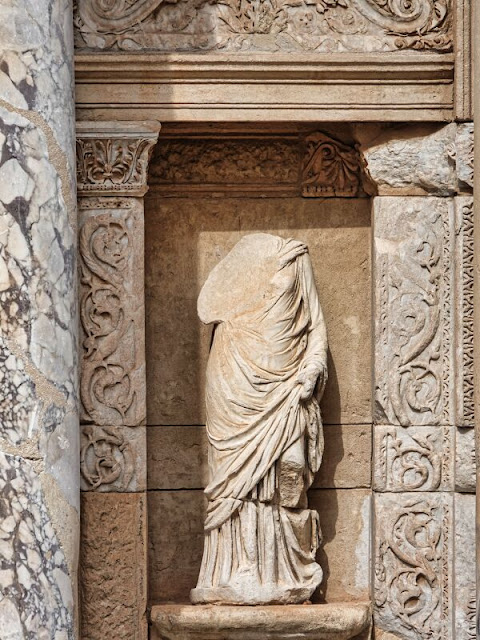


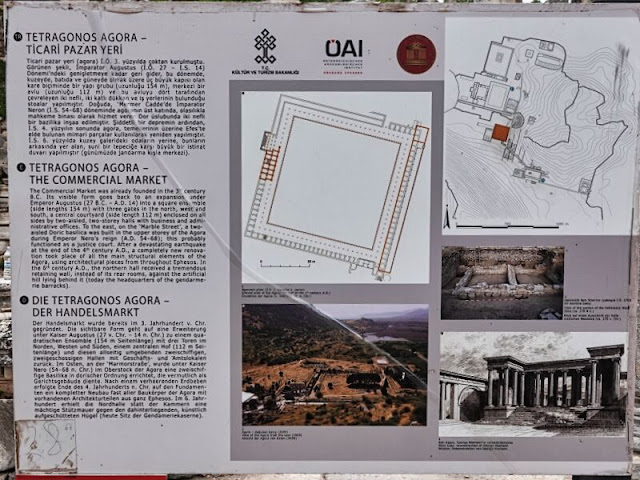


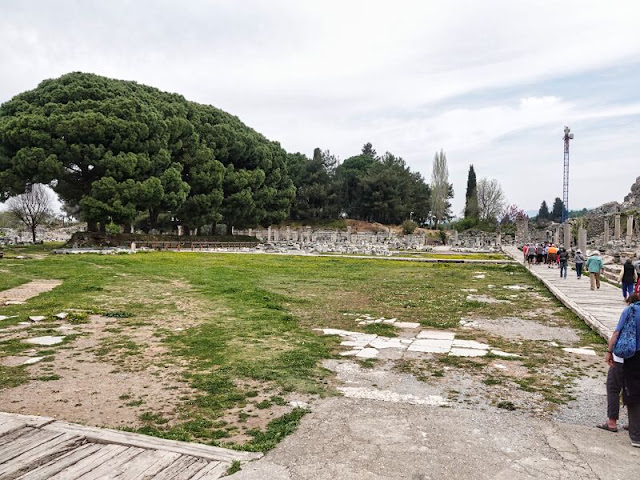















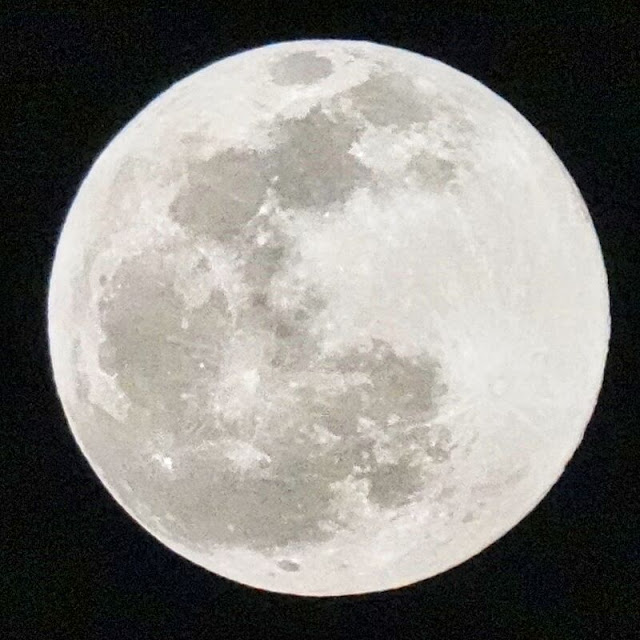











No comments:
Post a Comment